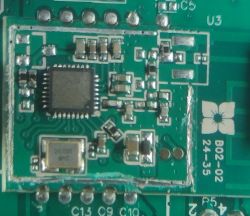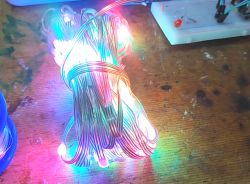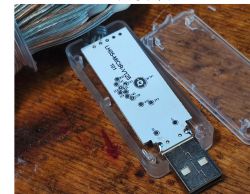I just got a set of Enbrighten Smart LED Wi-Fi String Lights, model 69281 v1, made by Jasco.


You can just barely see the actual light part of it in the upper right corner of the first image; it's three bare-looking (but presumably somehow insulated) wires with little plastic blobs along them every so often holding the actual LEDs, collectively outputting about no lumens. Not sure it was worth the $5 I paid for it on clearance.
It acts a lot like the WFD4105E smart plug I posted about previously: it has one button, and a fast flashing blue mode and a slow flashing blue mode, and in the slow flashing blue mode it puts up a WiFi access point.
Here's the control box. Note that the whole thing is USB-powered.
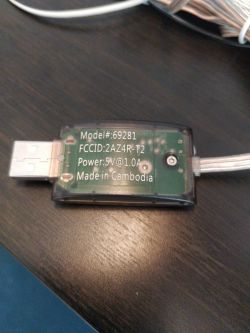
I managed to get the case open by removing the one little Torx screw that holds it closed, and here are some photos of the board layout.
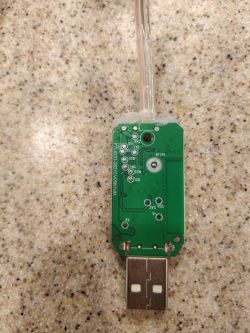
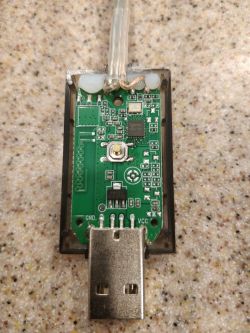
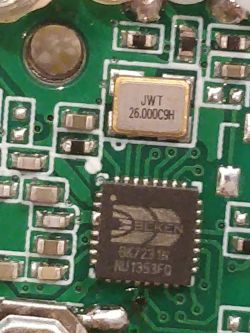
It appears to have a BK2731N in there, as well as test points for not one but two UARTs. The USB data pins sadly don't go anywhere. I guess it was too much to hope for that they would spring for an FTDI chip.
The packaging is copyright 2022, so I'm not sure if it has a vulnerable or patched Tuya firmware on it (or any Tuya firmware, since there's no separate Tuya module) for wireless flashing. I also haven't flashed it via UART yet (which I think might be the best way to get the config info for the lights and the button?); I'll need to do some research to find out how that all works.


You can just barely see the actual light part of it in the upper right corner of the first image; it's three bare-looking (but presumably somehow insulated) wires with little plastic blobs along them every so often holding the actual LEDs, collectively outputting about no lumens. Not sure it was worth the $5 I paid for it on clearance.
It acts a lot like the WFD4105E smart plug I posted about previously: it has one button, and a fast flashing blue mode and a slow flashing blue mode, and in the slow flashing blue mode it puts up a WiFi access point.
Here's the control box. Note that the whole thing is USB-powered.

I managed to get the case open by removing the one little Torx screw that holds it closed, and here are some photos of the board layout.



It appears to have a BK2731N in there, as well as test points for not one but two UARTs. The USB data pins sadly don't go anywhere. I guess it was too much to hope for that they would spring for an FTDI chip.
The packaging is copyright 2022, so I'm not sure if it has a vulnerable or patched Tuya firmware on it (or any Tuya firmware, since there's no separate Tuya module) for wireless flashing. I also haven't flashed it via UART yet (which I think might be the best way to get the config info for the lights and the button?); I'll need to do some research to find out how that all works.





